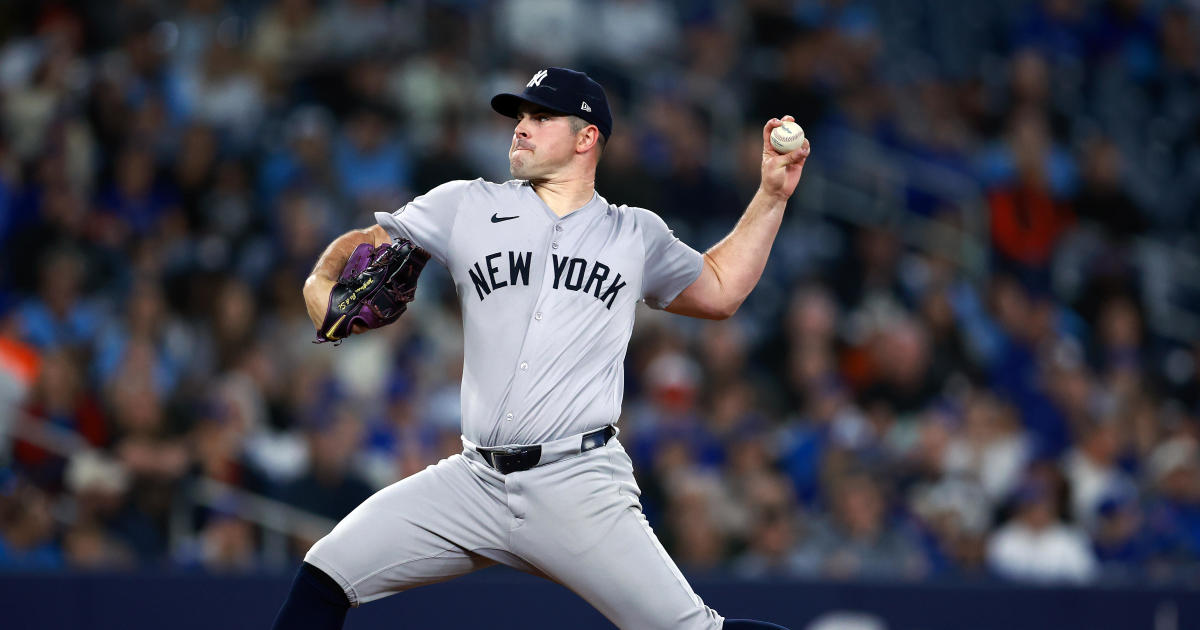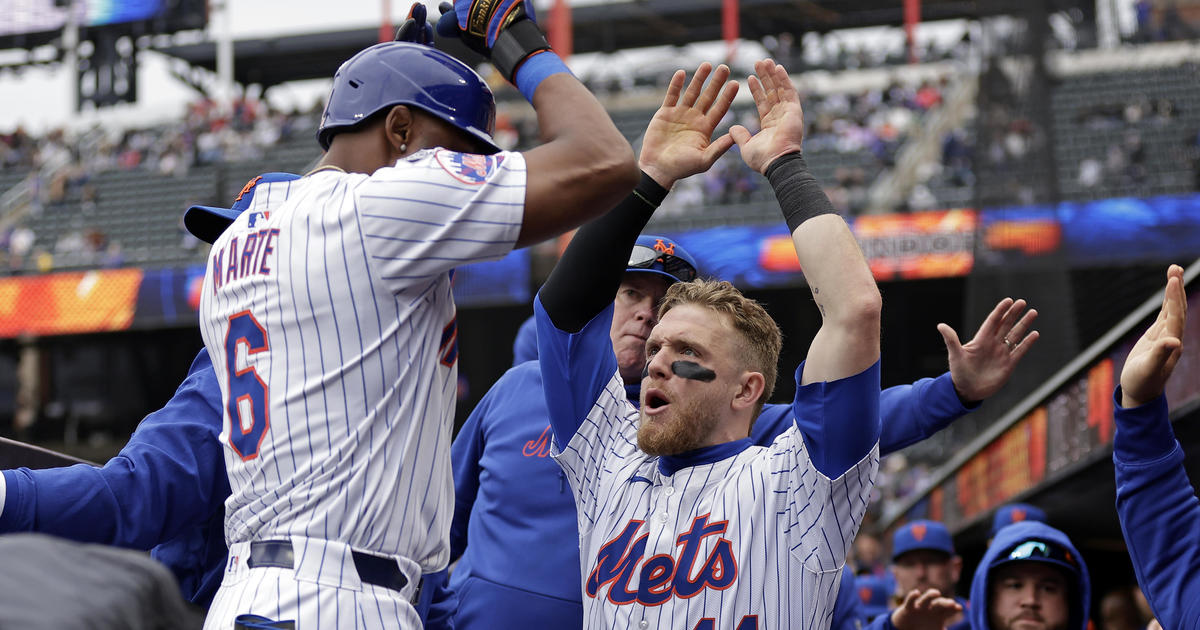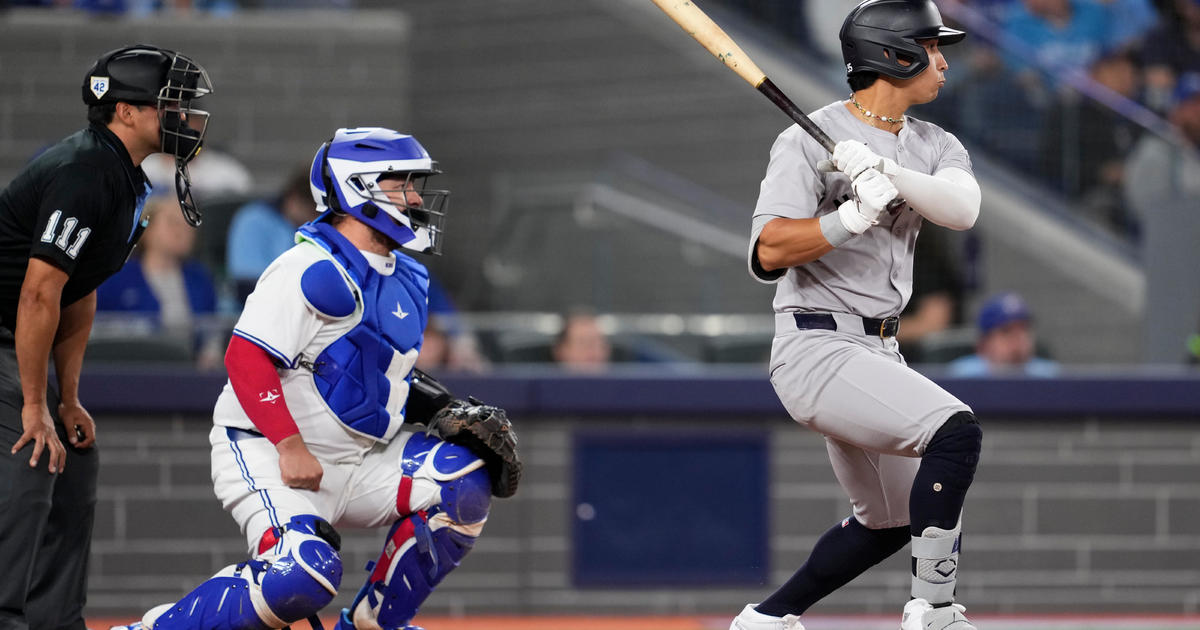Sims: An In-Depth Look And Breakdown Of Alex Rodriguez's Hip Injury
By Abby Sims
» More Columns
37-year-old Yankees third baseman Alex Rodriguez, who reportedly complained of pain in his previously-operated on right hip during the playoffs, is slated for surgery next month to address a tear in his left hip.
This newer injury evidently came to light in postseason examinations. Articles mentioning the status of Rodriguez's uncooperative left hip seem to have overlooked the obvious question as to whether he also continues to have pain on the right. Without an official update, we are decidedly uninformed as to exactly why it was getting in his way at the close of the season or how it is faring now.
Rodriguez's right hip surgery (in 2009) revealed that a labral tear was accompanied by a cyst within the joint, as well as significant degenerative changes to the surface of the bone. These degenerative changes are likely to be the cause of his recent complaints.
Is Rodriguez's condition unusual?
Certain elite athletes may be at a higher risk of intra-articular hip disorders (those within the joint) because of the unusual forces that their hips sustain. The injuries are most commonly related to hip impingement and generally include labral tears and/or chondral defects.
What is the labrum? See detailed image
Similar to the anatomy of the shoulder, the hip is a ball and socket joint, with the ball at the end of the femur attaching via ligaments to the socket at the pelvis. The labrum is a fibrous cartilaginous structure that is situated along the inside rim of the socket, serving to deepen it and provide some suction for the ball, thereby adding to the stability of the joint. It can be torn traumatically or by a degenerative process due to repetitive motion that is common in many sports (particularly hockey) or even in certain occupations, such as for carpet layers. Like the menisci in the knees, the labrum is poorly vascularized (has poor circulation), which is a primary reason it does not readily heal once injured.
What is a chondral defect?
The smooth glassy chondral surfacing that lines the ends of adjacent bones where they form joints is also known as articular (joint) cartilage, or hyaline cartilage. Degenerative changes -- or wear and tear -- to this region of a bone/joint is a hallmark of osteoarthritis.
What is hip impingement?
A combination of signs, symptoms and pathology that involve the end of the femur coming into contact with the rim of the acetabulum (socket), particularly during extreme ranges of motion (hip flexion, adduction and internal rotation). FAI (femoroacetabular impingement) is thought to be a factor in the development of degenerative arthritis at the hip, which entails abnormal changes in the bony contours. Those with congenital bony abnormalities may also be more prone to developing FAI. There are two types of hip impingement (known as Cam and Pincer), each of which entails different anatomical variations, though both generally result in labral pathology.
What does a labral tear feel like?
Those with labral tears generally complain of joint stiffness, and on examination there is typically a loss of range of motion and pain at the end ranges of hip flexion/adduction/inward rotation (particularly with compression during a physical exam). Labral complaints might also include a catching or locking of the hip, and some people may also complain of a sense that the hip is unstable. MRI findings are generally used to support the diagnosis.
Can a labral tear be treated without surgery?
Rehab for a tear focuses on reducing inflammation and restoring range of motion while also addressing muscle strength and flexibility. For those players with sufficient relief, working back into play with a specificity of training is also important to determine if they will be able to tolerate the demands of sport. Those with persistent pain go on to have the labrum reattached to the socket, or in some cases, a small portion of the labrum may be removed. These procedures are now performed arthroscopically.
Post-operative recovery
The goals of post-operative therapy are much like those for the non-operative patient, except that the rehab period may last up to about six months. The exact time frame would depend on the severity of the injury or injuries, the specific nature of the surgery and whether there were any other complicating factors.
Follow Abby on Twitter here.
What do you expect from A-Rod when he returns from injury? Anything? Sound off with your thoughts and comments below...



